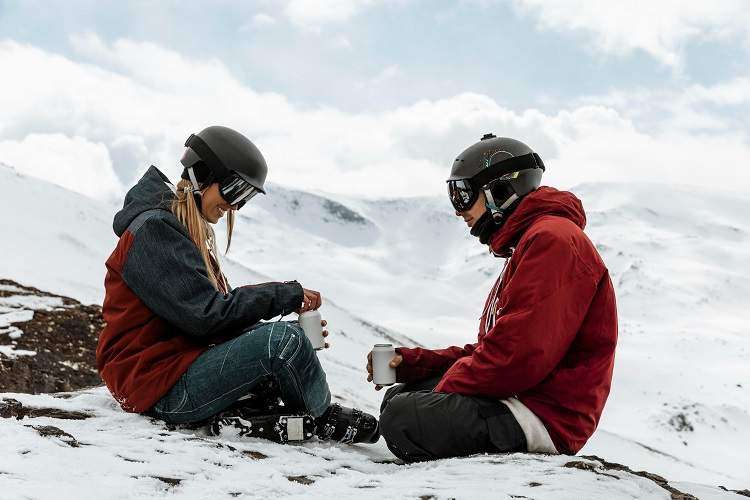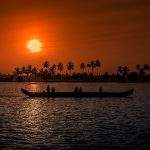
Trekking to the Himalayan region is an adventure activity. Not all trekkers are physically fit and be careful in the mountain region. Everest base camp trek is a beautiful trek in Nepal. Trekking through the mountain trail in high altitude region is a challenging part for the trekkers. So there are some things that you need to be careful on the Everest base camp trek.
Everest base camp trek starts after a perfect day trip in Kathmandu. It can be a mesmerizing experience of the Himalayas. Trekkers need to stay safe, mainly with two different things on the Everest base camp trek. Altitude sickness and unexpected accidents on the trail can happen at any time. How it can affect the hikers and how to stay safe on the trip? Check them in detail below.
Altitude Sickness
Altitude sickness is a serious thing on the Everest base camp trek. It has caused by low oxygen in the air and high atmospheric pressure. High altitude cerebral edema (HACE) and high altitude pulmonary edema (HAPE) are the altitude effects. HACE makes the fluid in the brain and HAPE in the lungs. Some trekkers may suffer from one of them, and some might have both problems.
Altitude sickness is a sudden thing, but there will be earlier symptoms. If you have a headache, tiredness while resting, hard to breathe, loss of appetite, difficulty to sleep, a few other symptoms, think that it starts suffering by altitude. Altitude pill like Diamox helps a bit to prevent the problem. But don’t try to go higher if you have a problem with taking medicine.
If you have symptoms like mentioned above, don’t try to go further at a higher elevation. It is better to rest an extra day at the same place or descend as soon as possible. You can avoid or prevent altitude sickness by walking slow, drinking plenty of fluid, keeping warm, and not thinking seriously about the altitude effects.
Be Careful With Cold
It will be clod on the Everest base camp trek. Bring enough warm equipment, which helps you to keep you warm. There will be icy surfaces along the way, so be care full while walking. If you don’t know if there is ice, where you will step, you may fall over and get injured.
Some trekking camps are closer to the river and waterfall. Don’t try to go close to them if you are in late autumn, the beginning of spring, or winter. And also don’t try to swim in the river. A lot of trekkers get the Khumbu cold on the trip. Also, the toilets might have a wet floor with ice.
Stay With Vegetarian Food
It does not mean that you can’t get non-veg food on the trek, and you can’t have non-vegetable food in your meal. Everest base camp trekking route is a Buddhist land, so people don’t kill animals. They bring chicken and meat from the lower region carrying a few days. They might not stay fresh sometimes.
Trekkers can get travelers diarrhea in the Himalayan region cause of the climate often. For this, take medication like Imodium tablets. They sell mineral water bottles everywhere on the trek. The cost of the water goes high as the altitude ascends. Tap water or refilling one is not bad, but you need to use purification methods for this.
Stay Safe With Unexpected Accidents
Nobody wants any unexpected accidents on the trek, but it may happen sometimes. There are Yak, Jokpe (a hybrid of cow and Yak), and mule carrying loads. Also, the local porters are taking the heavy loads. The hiking path is narrow somewhere, and a big cliff on the side. The loads may push mistakenly, so you need to stay on the safe side and be careful with it.
Most trekkers may not care when they take photographs. They move backward without checking behind, whether there is a cliff or not. Wild animals and domestic animals moving above the walking trail may fall rocks somewhere. It is good to check always if there are animals or not right above you on the path. Travel insurance for the trek requires for the Everest base camp trek. Check the insurance if it covers any accidental cases and covers emergency evacuation service above 6000m of elevation. Hopefully, this post helped a lot with how to stay safe on the Everest base camp trek.

